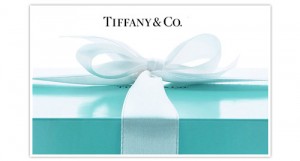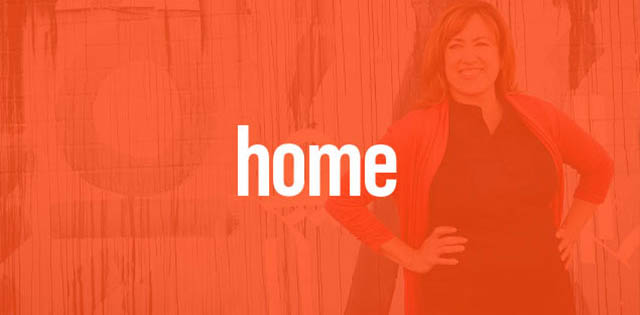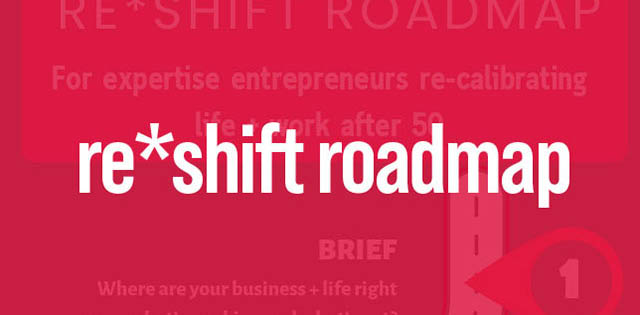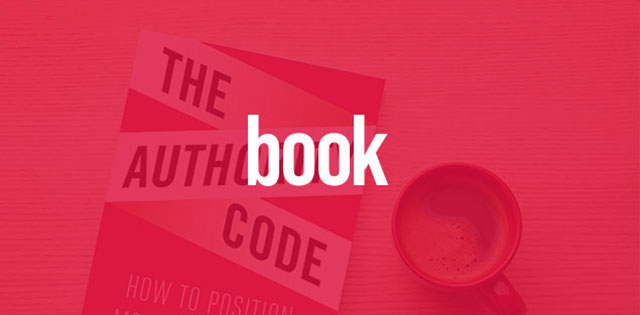Design That Works
- June 18, 2011
- Posted by: Rochelle
- Category: Brand + Design
 Google ‘graphic designer’ and you’ll get over 21 million hits. So, choice is not an issue. Or is it?
Google ‘graphic designer’ and you’ll get over 21 million hits. So, choice is not an issue. Or is it?
At least weekly, it seems I hear a horror story about a design project gone bad.
Often, the problem is the design client has been thinking backwards. They know they need a visual representation of their brand. But they haven’t yet articulated their unique positioning, zeroed in on their target audience or clarified their “voice”. They hire a designer in a vacuum—often choosing the cheapest option—and then wonder why their results suck.
How about a better way?
Start with a clear understanding of the brand you are promoting. This means everything from your story, to your target audiences, to the clear benefits (not features) of working with you. Do the work before you start a design conversation.
Don’t even think about hiring your kid. Or his buddy. Design that works is a powerful merging of art and technology. Would you hire an amateur to consult to your clients? Stick to those with demonstrated expertise and make sure they “get” you and your end goal.
Just any designer will not do. You need the right “feel”. Look at their work. Does it resonate with you? Will it fit with your target audience? Have they worked with someone in your industry or will their work easily translate? Someone with great fashion credentials is unlikely to be the right fit for most law firms.
Assemble a team. Too often, business owners expect their designer to comment on positioning and sometimes even edit copy. You don’t ask a lion to fish. Instead, I team writers and designers and technology experts. Everyone does what they love and you get design that works.
Maybe it’s time for your design to work. Hard.







Wow! I attended a Crains NY Business breakfast this morning that features entrepreneurs Crains awarded for their innovative success. In side discussions that followed with a young entrepreneur who matched webdesigners with clients, I suggested he might want to organized a seminar on content. I always and adamantly maintain that content should drive design. That jives with your blog. I have an ongoing conversation about that concerning a charitable non-profit fraternal organization I am active in; its website needs re-design but I argue that we need content to drive a design and should allow a design to back into content. For all of my my consulting and political clients, it make sure they have content and content that highlights the message and then discuss website and graphic design.
We must just be on the same wavelength Corey! Thanks for sharing your thoughts here. I agree that content matters–and so does the client’s end goal with the audience. To drive sales? Engage to act (perhaps to vote in your case?) To inspire? There are a number of strategic designers who work hard to make sure their design works–but design clients can have a hard time understanding that they have to pay more and dare more to work with the best. Which of course argues for your entrepreneur’s business model!
A friend just sent me this. Amen to quite a few of these points!
I would say the issue is that too many businesses are hiring design studios where branding studios belong. The latter is equipped to fill strategic gaps and should be flexible enough aesthetically to design in multiple industries.
The former is cheaper of course and unfortunately that is the only distinction most small businesses see until they run into the problems you’ve noted here.
Aside from viewing the typos in my comment, I can report that the org. now enjoys a revisedwebsite designed around content. Unfortunately a new administration already is messing with aspects….
Thank you for making this point and I hope MANY businesses are listening to your advice!
While my expertise is in guiding clients with the visual aspects, it astonishes me how I often I end up coaching clients just to get clear on what they really want. When they ask for ABC, but start talking to me about the importance of XYZ, I know there is a disconnect. After all these years, I’ve learned to ask the detailed questions and make sure they get the answers before starting on the project.
Even as a designer, I concur: content must drive design. Design is there to *support* the message, not to overshadow.
Best regards,
Nancy